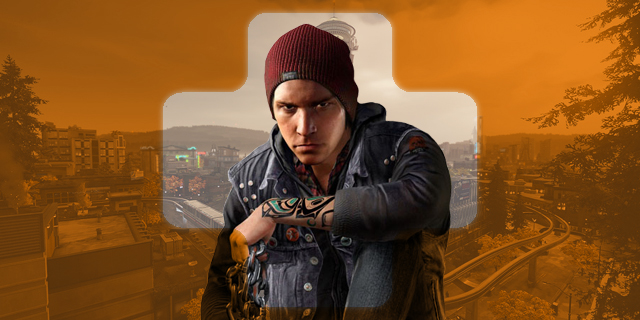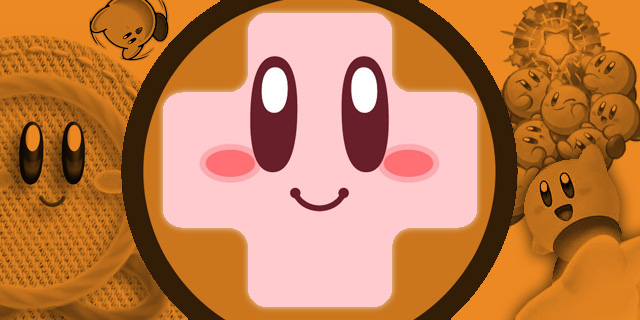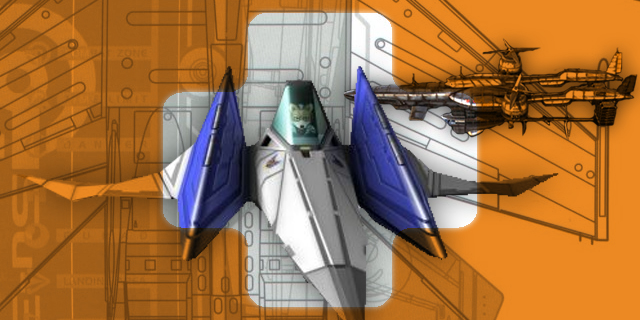
Despite how many games I find myself burning through, I rarely complete absolutely everything in them, especially those featuring open worlds. This is why I was in shock when I stared at my completion percentage for inFamous: Second Son. “100 percent,” it said. I actually did everything the game had to offer. It was something I was momentarily proud of, but that pride quickly dissolved when I realized just how little the world of Second Son had to offer. Even if you do everything available, it shouldn’t take you more than 15 hours. I certainly enjoyed my time with Delsin Rowe and virtual Seattle, but it offered me little of what I expect from sandbox-style adventures.
READ MORE

Nintendo’s extensive history and seemingly never-ending list of franchises has always been impressive, yet the company is often accused of playing it safe. While I don’t always agree with these allegations, sometimes the Big N seems to prefer the relative safety of familiarity over the risky unknown of something new. However, it occasionally tinkers with an established formula, creating something entirely unlike what you expect from a familiar series.
None of Nintendo’s signature franchises fit that notion more than Kirby. The series definitely has an established set of mechanics and ideas you associate with the character, but every now and again we see something new. Sometimes we get a mix of the signature Kirby charm and mechanical differences or new ideas that feel like they belong in another game altogether.
READ MORE

When I was young, one of the biggest appeals of games to me was fulfilling a fantasy, as it may have been for a lot of people. Many turned to RPGs or action games to meet this demand, allowing them to live in worlds beyond their wildest imaginations, but I found myself deeply involved in more niche affairs. I’ve discussed my love for games that involved sailing, especially pirate-themed titles, but it wasn’t the only thing I found myself passionate about at a young age. What if you could take to the skies? Flying a plane, whether modern or from a bygone era of air travel, became something I loved to see recreated.
Luckily for me, it didn’t take long for me to discover its potential in games and learn its true importance in the medium as a whole.
READ MORE

Recently we saw the release of Metal Gear Solid V: Ground Zeroes, which has caused a ruckus in the months leading up to it regarding its length and the cost of paying what many considered to be a “demo” of the upcoming The Phantom Pain. It’s an experimental approach, to be sure, but it isn’t the first example of this in recent years and it certainly won’t be the last. While some might see it as a dangerous trend, I can’t help but see it as a positive approach.
READ MORE

My very first New Game+ column was all about the “death” of local multiplayer. No, it never actually died, but with the start of the last console generation it seemed to be steadily disappearing. Online multiplayer continued to get bigger and more popular as the generation went on, with only a select handful of the best actually supporting local play. Luckily for us, those who love playing games locally with some buddies, we have seen a resurgence of titles that support (or exclusively focus on) local multiplayer in the past couple of years.
READ MORE
























